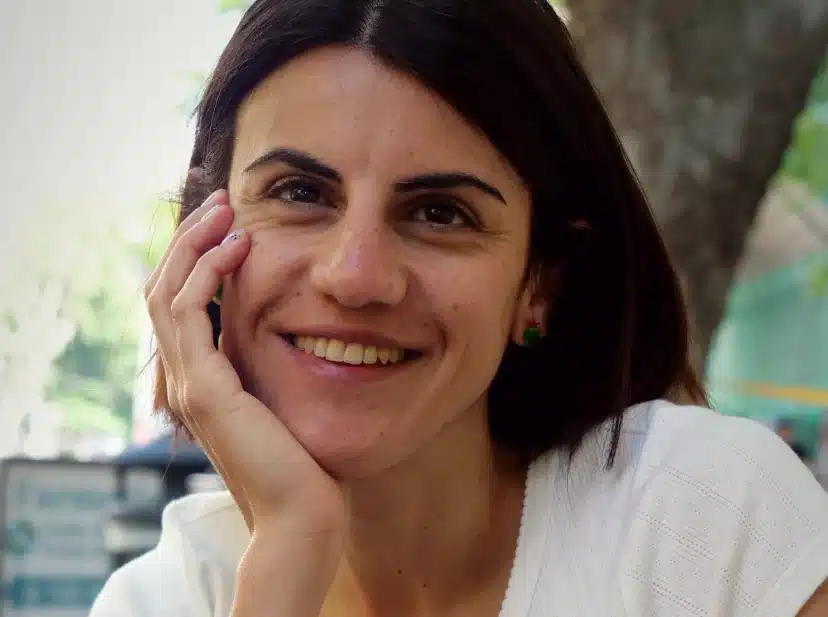What Are the Modal Verbs in Italian?
The main modal verbs in Italian are:
- Volere – to want
- Potere – to be able to / can
- Dovere – to have to / must
Conjugating modal verbs (volere, potere, dovere) with the passato prossimo (and other compound tenses*) requires a special construction in Italian grammar. What is a compound tense? A compound tense is a verb form that combines an auxiliary verb (essere or avere) with a past participle — for example, the passato prossimo: ho mangiato (I ate) or sono andato (I went).
How to Conjugate “Volere”, “Potere”, and “Dovere” in the Passato Prossimo
If you’ve already studied the passato prossimo (the most common past tense in Italian), you know it’s formed with an auxiliary + a past participle (e.g. ho parlato = I spoke, I’ve spoken).
But what about modal verbs? Which auxiliary do they take?
Essere or Avere? Choosing the Right Auxiliary:
When using a modal verb in the passato prossimo, the auxiliary depends on the main verb that follows it.
- If the main verb is transitive (takes a direct object), use avere.
- If the main verb is intransitive (does not take a direct object), use essere.
Volere in Passato Prossimo
| Ho voluto mangiare | I wanted to eat | auxiliary “avere” |
| Sono voluto/a andare | I had to go | Essere |
Potere in Passato Prossimo
| Ho potuto mangiare | I could eat | auxiliary “avere” |
| Non sono potuto/a andare | I could not go to go | Esere |
Dovere in Passato Prossimo
| Ho dovuto mangiare | I had to eat | Avere |
| Sono dovuto/a andare | I had to go | Essere |
Agreement with Essere
When a modal verb in the passato prossimo uses essere as its auxiliary, the past participle of the modal verb must agree in gender and number with the subject.
Examples:
- Sono dovuta andare via
I had to leave → dovuta (feminine singular) - Ci siamo alzati tardi
We got up late → alzati (masculine plural) - Non siamo potuti venire
We couldn’t come → potuti (masculine plural)

Test Your Italian
Not sure what your Italian level is?
I’ve created a free online Italian test to help you determine it.







